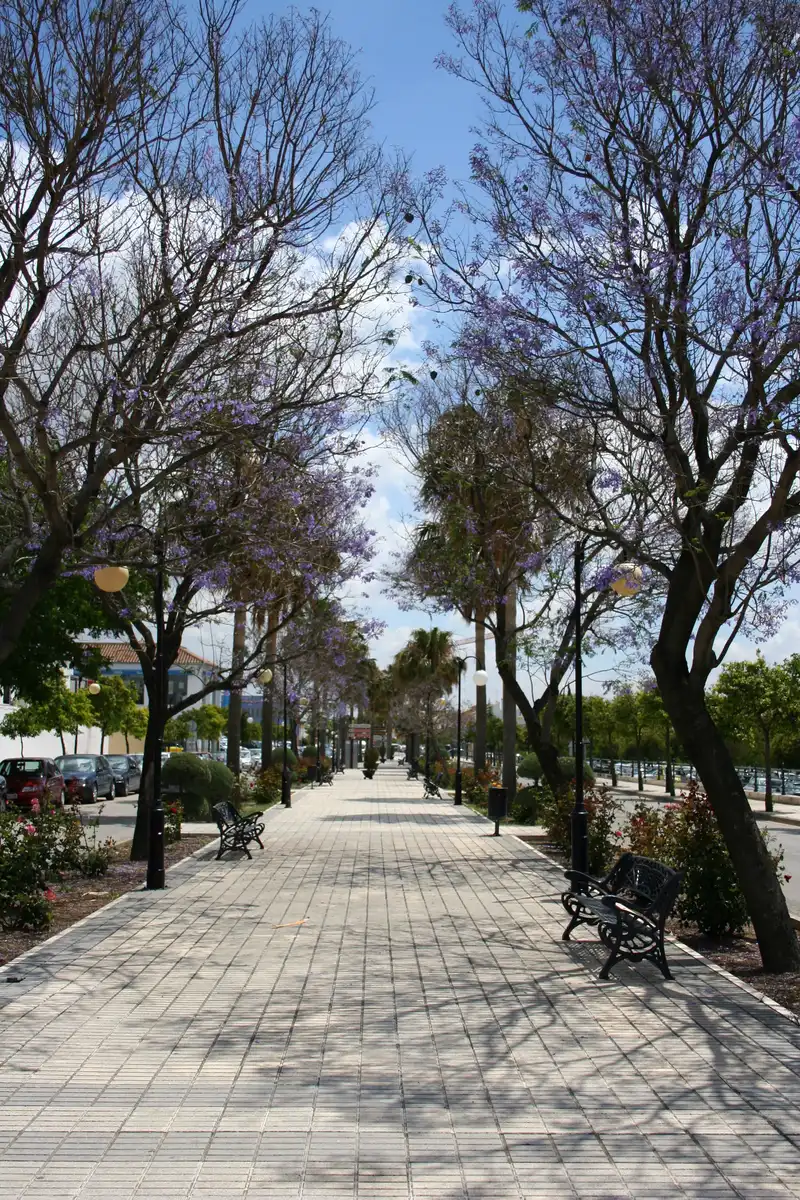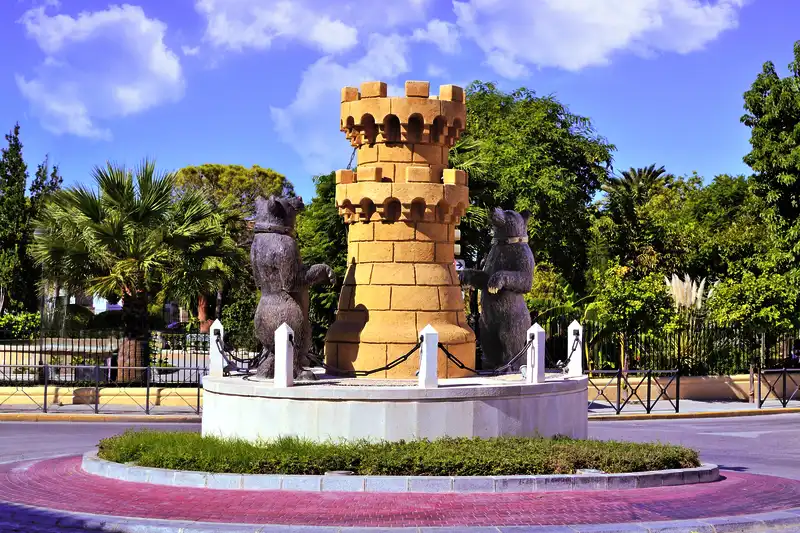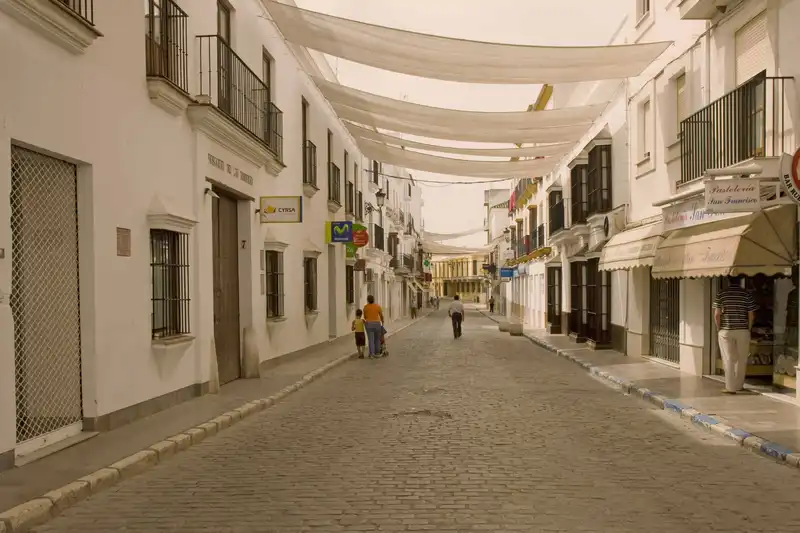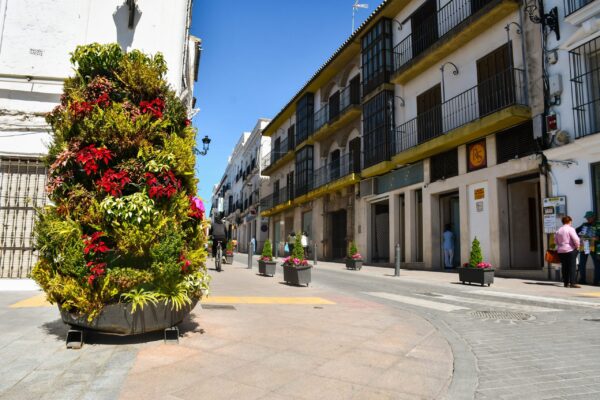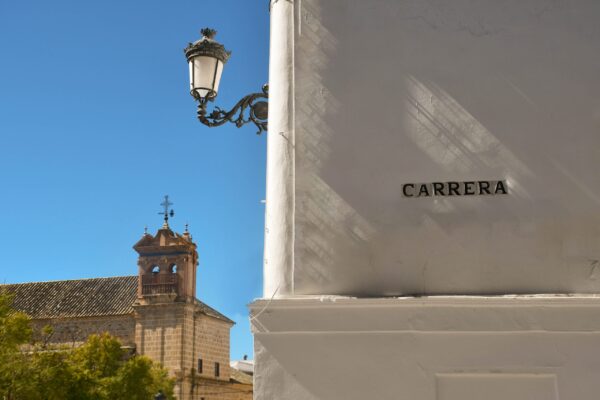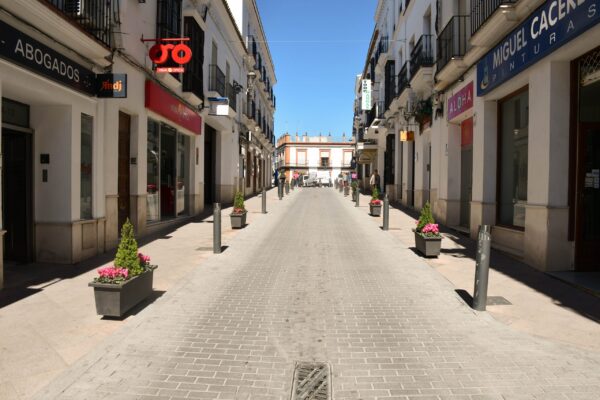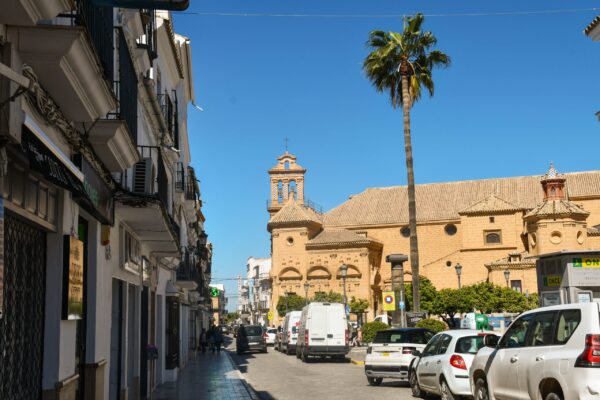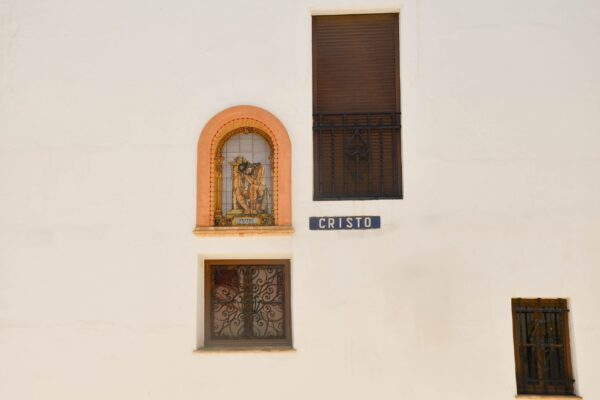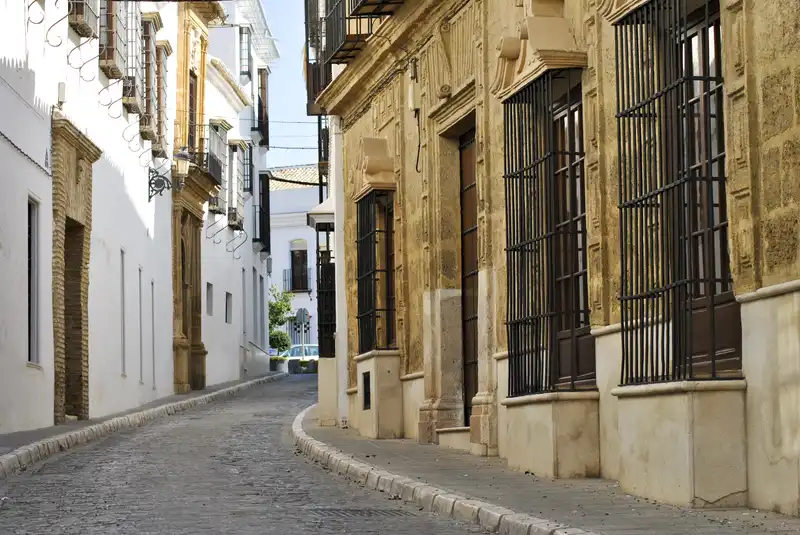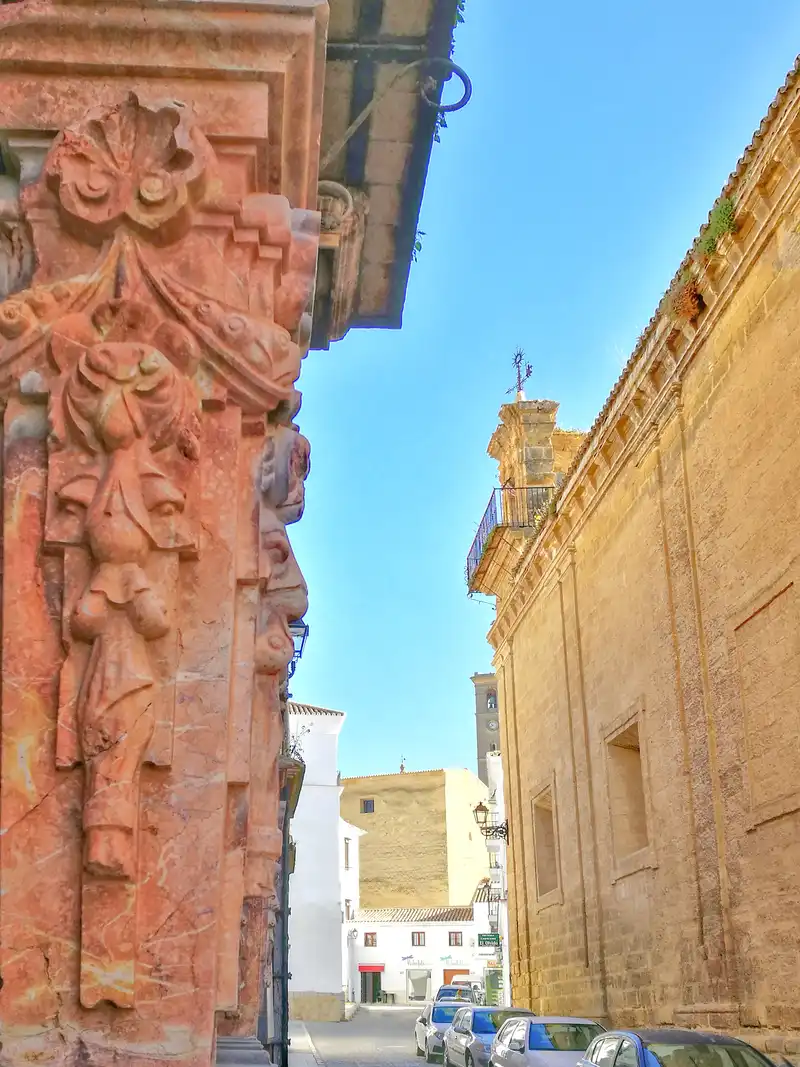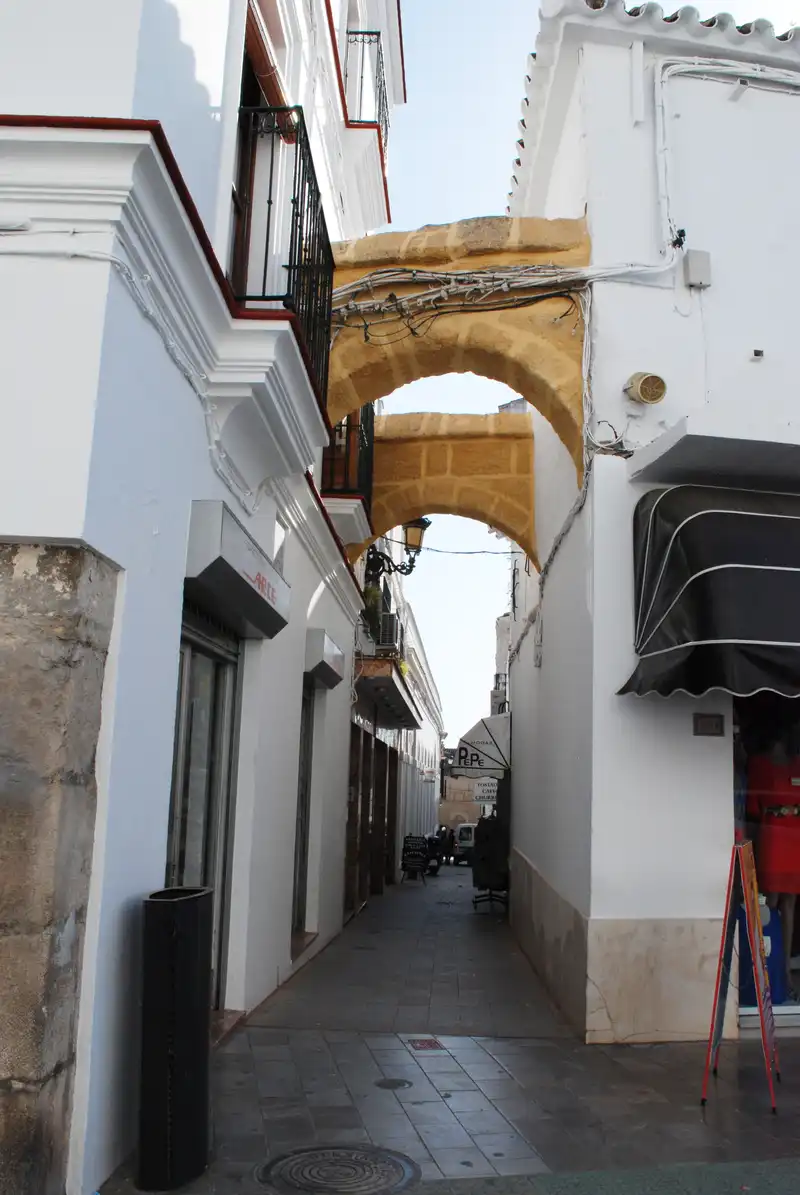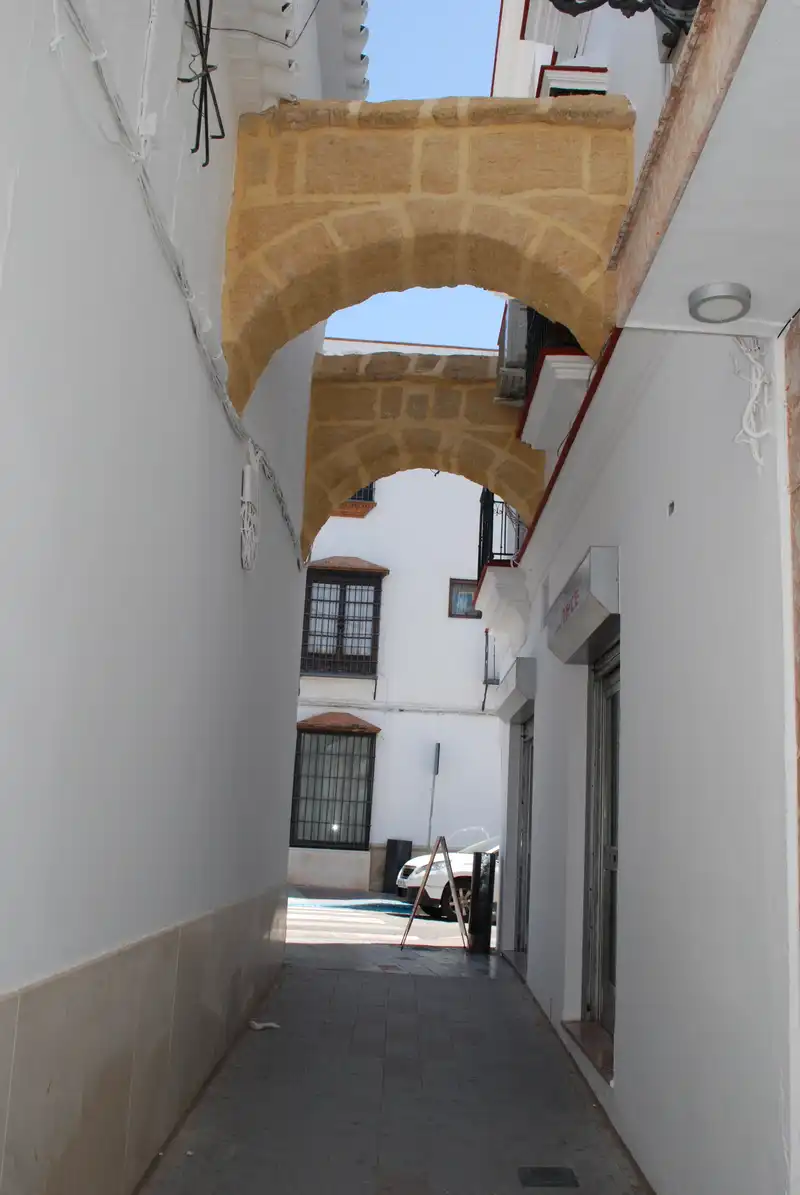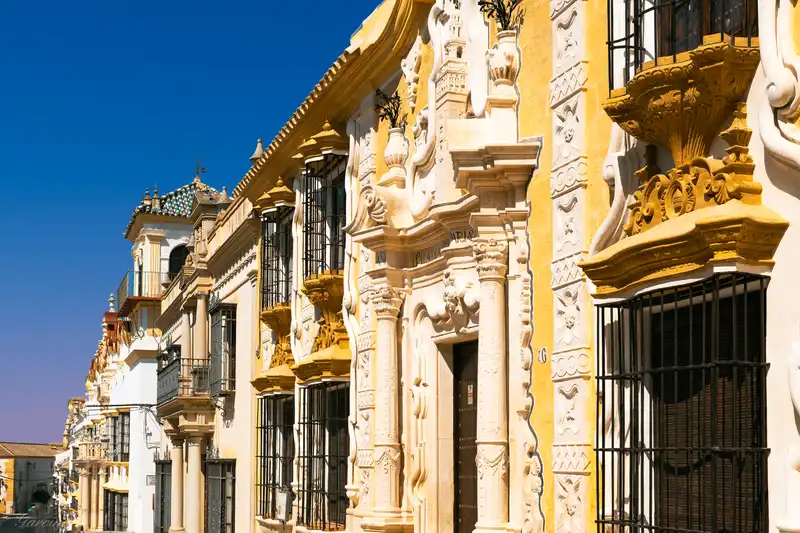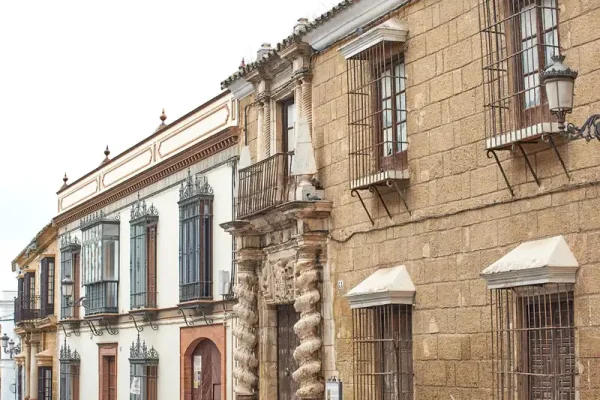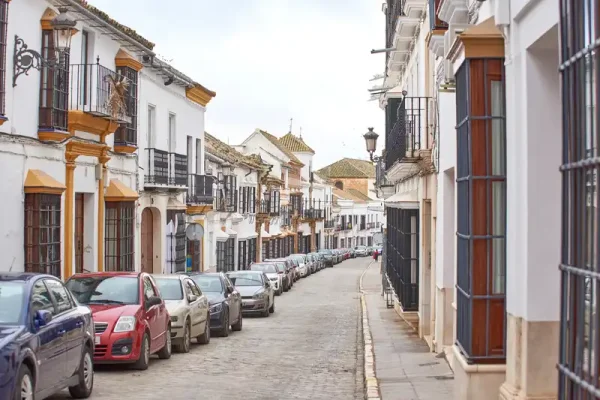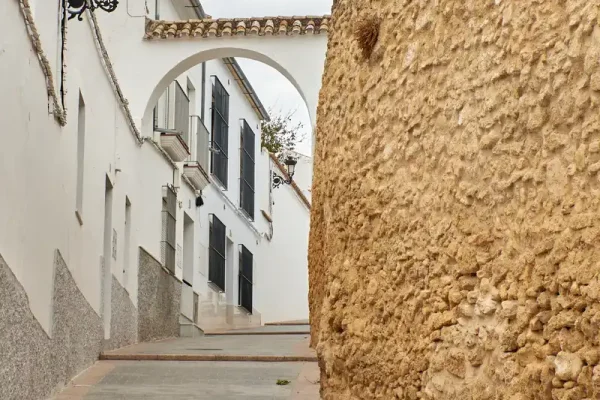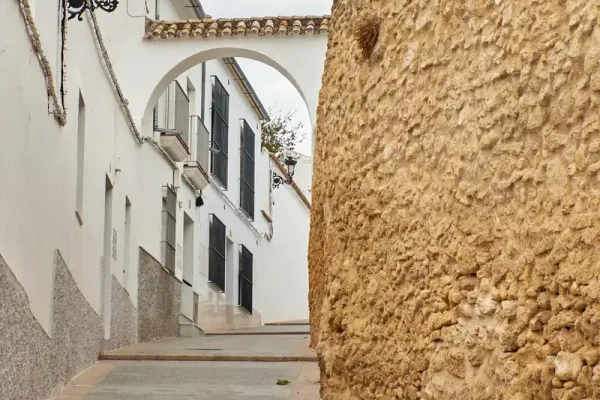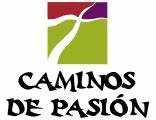


- Constitution Avenue
- Alfonso XII Street
- Assistant Arjona Street
- Carrera Street
- Company Street
- Christ Street
- Gordillo Street
- Hornillos Street
- Jaretilla Street
- La Huerta Street
- San Francisco Street
- San Pedro Street
- Seville Street
- Treasure Alley
- San Antón Hill
- Moroccan coast
Constitution Avenue
Avenue continuing from the first entrance to Osuna from the A-92 motorway from Málaga, Granada and Almería. It is wide and bustling with commercial activity thanks to its numerous shops and establishments, as well as various infrastructures and facilities such as the Regional Hospital, Osuna University College, University Residence, bus station, ITV, recycling point service, and public buildings such as the Casa de la Juventud (Youth Centre).
Alfonso XII Street
It is one of the busiest streets for tourists and locals alike, as it has a large number of bars, restaurants and leisure establishments. It is also home to Osuna's largest green space, San Arcadio Park, where young and old alike come to enjoy time with their families and admire the different species of flora that can be found there.
Assistant Arjona Street
This wonderful street in the municipality of Osuna is one of the busiest and most popular in the town. It is home to numerous shops and establishments that make it a street full of vitality. Here you will find the old Posada de la Gomera inn and, at one end, through a series of arches, you can access the Town Hall and the Plaza Mayor square.
Carrera Street
Osuna's shopping street par excellence, its mercantile origins date back at least to the 16th century, Osuna's ‘golden age’. The nerve centre of the city, this street has been the economic and social hub around which the various phases of expansion that have shaped Osuna's current appearance have developed. The street begins at the foot of the old Puerta de Écija gate, now known as Arco de la Pastora, and ends at what was once known as Puerta de Teba, where the Town Hall is located today. It would be absurd to talk about the urban layout of the city without taking Calle Carrera into account. The starting and ending point of the main roads in our town, this street is home to a large number of buildings of unquestionable heritage value, as well as its characteristic shops.
Strolling along the Carrera on summer evenings, when the shadows begin to cool the stone and lime, can be a joyful and undoubtedly rewarding activity.
Company Street
This street owes its name to the fact that it was home to the Convent of the Society of Jesus. Visitors can admire the majestic tower of San Carlos El Real, built with stone blocks extracted from the quarries of Osuna, surrounded by numerous typical Osuna houses.
Christ Street
A central street in the municipality of Ursaón, connecting the two most monumental streets in the municipality: Calle San Pedro and Calle Sevilla. At one end, visitors can admire the imposing Church-Convent of San Pedro next to Plaza de Juan XXIII, where the Carmelite nuns carry out their work and offer visitors the chance to taste their handmade sweets. At the other end, you can visit the Church-Convent of Nuestra Señora del Carmen.
Gordillo Street
It takes its name from Abbot Gordillo, replacing its former name, Calle Evandro. This street is divided into two equal halves by the topographical fortune and misfortune of running between Calle Sevilla and Calle San Pedro: the architectural fortune of having little to envy them and the misfortune of going unnoticed by passers-by. On this street, there are many noteworthy houses that are worth stopping to pay them their due tribute.
Hornillos Street
Four streets run almost perpendicular to Calle Sevilla, one of which is Calle Hornillos. There are joyful silences in some streets of Osuna, in the welcoming streets where you can still hear people's footsteps and conversations. This street is one of them, a narrow, cosy alleyway that does not need pavements. The successive arches of Calle Hornillos are a reminder of the ancient structures that made architecture resistant, the systems for transferring tension in which neighbouring buildings had no major problem collaborating.
Jaretilla Street
A majestic sloping street adorned with beautiful planters full of flowers and geraniums pierces the Rehoya neighbourhood, where travellers can close their eyes to indelibly fix in their memory this canvas of white that contains the stone horizon of the Collegiate Church. With this image of whitewash and flower pots, the stroller concludes their walk among the secular architecture of this beautiful and hospitable city.
La Huerta Street
Starting from the Plaza Mayor and passing through the archway of the Town Hall, the old Calle Huerta opens up on your right. The entire street belonged to the Ducal House. Highlights include the Convent of Santa Clara and the 18th-century Cepeda Palace, which has one of the finest Baroque façades in Osuna, located at number 10. At the end of the street, on the same side, the palace occupied by the Dukes of Osuna when they left the castle fortress, now converted into walls, was built in the mid-18th century. The street ends at the Plaza del Duque, built in the last quarter of the 16th century on land ceded by the Ducal House for the celebration of public spectacles.
San Francisco Street
This pedestrian street, flanked by a semicircular arch, is located in the heart of Osuna's commercial centre and leads to the current market square, formerly the Convent of San Francisco, of which only the cloister remains, where the various stalls are set up for sale to the public.
San Pedro Street
San Pedro Street is a monument of stone and art. Wide, straight, sloping upwards from the middle, its pavements are lined with sumptuous palaces and stately homes, most of which are linked to our history and show us the evolution of almost all architectural styles. It is not surprising that Italian director Franco Zeffirelli chose it as the setting for his film about the life of Greek soprano Maria Callas.
Noteworthy on this street are house number 2, with its mid-17th-century façade reminiscent of class distinctions; number 21, from the 17th century, with its imposing coats of arms; number 27, notable for the wrought ironwork on its main balcony (1773); the Palace of the Marquis of La Gomera; and the Cilla del Cabildo Colegial.
Seville Street
Parallel to San Pedro Street, monumental and artistic, the old Seville Street also rises gently. Its perspective is unique. Dominated by the immense mass of the Collegiate Church, this street seems to start from the fig grove that surrounds our first temple. At the other end of the street is the tower of the Church of the Holy Spirit, where all the evenings in Osuna come to an end.
This street is a museum in itself. Visitors should start at the Church of La Concepción, overlooking the main square with its classic ashlar façade. A little further down is the reddish façade of Santa Catalina, with an image of the saint attached to the wheel of martyrdom. To the right and left are stone and ashlar façades belonging to stately homes, which reveal their history in carved coats of arms and house magnificent courtyards. Among these valuable buildings, we also find the Casa de la Cultura and the current Museum of Osuna. Finally, the artistic Baroque façade of the old courthouse, with its magnificent Solomonic columns, is a surprise.
Sevilla Street is a veritable museum and a delightful stroll for visitors, who can learn all about our architecture and other aspects of our culture.
Treasure Alley
Right in the centre of the town, this discreet alleyway takes visitors to the picturesque neighbourhood of La Rehoya. Climbing up the stepped slope, tourists reach one of the most unique squares in the town: Plaza de la Asunción, under the imposing presence of Osuna Collegiate Church. In this street, we can find remains of the Almohad-era city wall of Osuna (12th century). This section marked the exit to the road to Teba and was located between Torre del Agua and the old Puerta de Granada gate.
San Antón Hill
It is one of the streets that best represents traditional Andalusian architecture. To the broken rhythm of the steps, you can enjoy one of the most representative moments of our Holy Week: the descent of the procession of Jesús Nazareno and Nuestra Señora de los Dolores on Good Friday morning. The slope leads to the unique Plaza de la Encarnación at one end and the Almohad Torre del Agua at the other.
Moroccan coast
Another of Osuna's wonderful streets is this slope located at the foot of the Baroque tower of La Merced. Climbing up it, between buildings made of ashlars extracted from the quarries of Osuna, tourists reach Camino de la Buena Vista, where they can enjoy an excellent panoramic view of the town and the Seville countryside.

